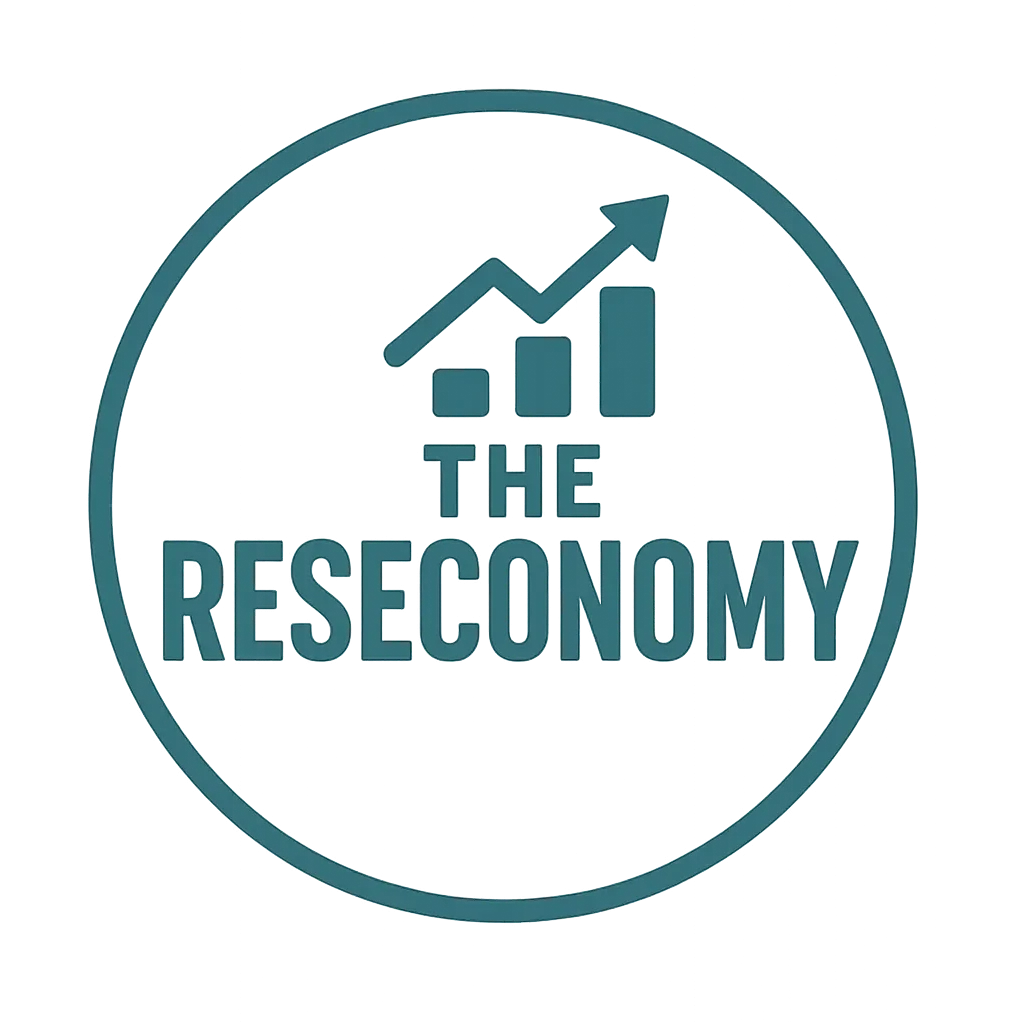The only constant in today’s business landscape is change. Technological advancements, shifting consumer behaviors, economic fluctuations, and unforeseen global events have created an environment of constant disruption and uncertainty. In this dynamic reality, businesses that cling to rigid structures and outdated strategies risk being left behind. The true advantage lies in agility – the ability to adapt, pivot, and thrive amidst chaos.
This post delves into the core principles of business agility and provides actionable insights into how organizations can cultivate this crucial capability to build resilient businesses that not only survive but flourish in a rapidly changing world.
The Imperative for Agility: Navigating the Unpredictable
The past few years have starkly illustrated the need for agility. Businesses that could quickly adapt their operations, embrace new technologies, and respond effectively to evolving customer needs were far better positioned to weather the storms. Agility is no longer a “nice-to-have”; it’s a fundamental requirement for survival and sustained success in the face of:
- Technological Disruption: Rapid advancements in AI, automation, and other technologies are constantly reshaping industries and creating new opportunities and threats.
- Shifting Consumer Expectations: Today’s consumers are demanding more personalized experiences, faster service, and greater transparency. Businesses must be agile enough to meet these evolving expectations.
- Economic Volatility: Global economic conditions can change rapidly, requiring businesses to adjust their strategies and operations accordingly.
- Geopolitical Instability: Unforeseen political events and global crises can disrupt supply chains, impact markets, and necessitate swift adaptation.
- Environmental Concerns: Growing awareness of environmental issues is influencing consumer behavior and regulatory landscapes, requiring businesses to embrace sustainable practices and innovative solutions.
The Core Principles of Business Agility:
Agility isn’t just about speed; it’s a holistic approach rooted in several key principles:
- Customer-Centricity: Placing the customer at the heart of all decisions and continuously seeking feedback to adapt offerings and experiences.
- Embracing Change: Viewing change not as a threat but as an opportunity for innovation and growth.
- Iterative Development: Breaking down large projects into smaller, manageable increments, allowing for frequent feedback and adjustments.
- Collaboration and Cross-Functional Teams: Fostering seamless collaboration across different departments and empowering cross-functional teams to make decisions quickly.
- Data-Driven Decision Making: Utilizing data and analytics to gain insights, identify trends, and inform strategic pivots.
- Continuous Learning and Improvement: Cultivating a culture of experimentation, reflection, and continuous learning at all levels of the organization.
- Flexibility and Adaptability: Building systems, processes, and organizational structures that can be easily modified and adjusted in response to changing circumstances.
- Resilience and Redundancy: Designing operations and supply chains with built-in resilience to withstand disruptions.
Building an Agile Organization: Practical Strategies:
Cultivating agility requires a deliberate and multifaceted approach. Here are practical strategies businesses can implement:
- Foster an Agile Mindset: Encourage a culture of curiosity, experimentation, and a willingness to embrace change at all levels of the organization.
- Implement Agile Methodologies: Explore and adopt agile frameworks like Scrum, Kanban, or Lean in relevant departments, particularly in product development and project management.
- Empower Teams and Decentralize Decision-Making: Grant teams more autonomy and empower them to make decisions quickly and effectively.
- Invest in Technology and Infrastructure: Leverage cloud computing, data analytics platforms, and collaborative tools to enable flexibility and rapid adaptation.
- Break Down Silos and Enhance Communication: Foster open communication and collaboration across departments through cross-functional teams and shared goals.
- Prioritize Continuous Learning and Skill Development: Invest in training and development programs that equip employees with the skills needed to adapt to new technologies and ways of working.
- Build Strong Relationships with Suppliers and Partners: Collaborate closely with your supply chain partners to build resilience and identify potential vulnerabilities.
- Develop Scenario Planning Capabilities: Proactively anticipate potential disruptions and develop contingency plans to mitigate their impact.
- Embrace a Culture of Experimentation: Encourage small, low-risk experiments to test new ideas and approaches, learning quickly from both successes and failures.
- Regularly Review and Adapt Processes: Continuously evaluate your existing processes and be willing to adapt them based on feedback and changing circumstances.
- Focus on Employee Well-being: A resilient workforce is a key component of an agile organization. Prioritize employee well-being and provide support during times of change.
The Rewards of Agility: Resilience and Growth
The businesses that embrace agility are not just better equipped to survive disruptions; they are positioned to thrive in the long run. The agility advantage translates into:
- Enhanced Resilience: The ability to bounce back quickly from setbacks and adapt to unexpected challenges.
- Faster Time to Market: The capacity to rapidly develop and launch new products and services in response to evolving customer needs.
- Improved Customer Satisfaction: The ability to deliver more personalized and responsive experiences.
- Increased Innovation: A culture of experimentation and continuous learning fosters creativity and the development of innovative solutions.
- Greater Efficiency and Productivity: Streamlined processes and empowered teams lead to improved efficiency and productivity.
- Stronger Competitive Advantage: The ability to adapt and innovate faster than competitors creates a significant market advantage.
- Attracting and Retaining Top Talent: A dynamic and forward-thinking environment attracts and retains employees who thrive on challenge and growth.
In a world defined by constant change, agility is no longer optional – it’s the cornerstone of business resilience and sustainable growth. By embracing the principles of agility and implementing practical strategies, organizations can navigate uncertainty with confidence and emerge stronger on the other side.
How is your organization embracing agility? What challenges have you faced and what successes have you seen? Share your experiences and insights in the comments below!
